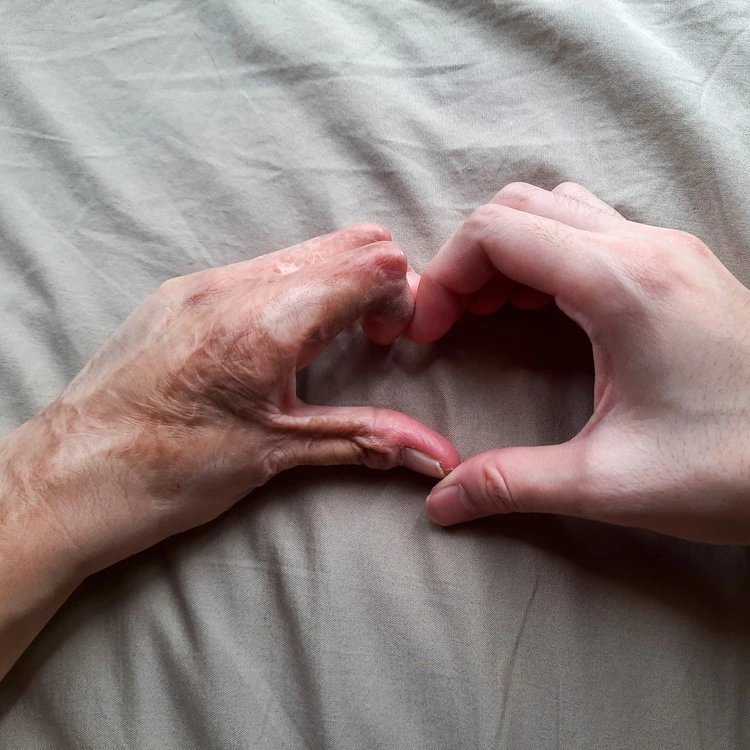Burn injuries can have life-altering consequences, not just physically but also emotionally and psychologically. The scars they leave can serve as constant reminders of the trauma, affecting one's self-esteem, social interactions, and overall well-being. Fortunately, burn reconstructive surgery offers a pathway to healing, helping individuals regain confidence and restore normalcy in their lives. This article explores how burn reconstructive surgery can help rebuild your life after a traumatic burn experience.
Understanding Burn Reconstructive Surgery:
Burn Reconstructive Surgery in Dubai (جراحة إعادة بناء الحرق في دبي) is a specialized field aimed at restoring both function and appearance after a burn injury. This procedure goes beyond the initial treatment of burn wounds, addressing the long-term effects that can result from scarring, contractures, and skin loss. The goal is not only to improve the aesthetic appearance of the affected area but also to enhance mobility and overall quality of life.

The Physical Healing Process:
Burn injuries can cause significant damage to the skin, muscles, and underlying tissues, leading to scars and contractures (tightening of the skin that limits movement). Reconstructive surgery may involve skin grafts, tissue expansion, and even muscle or bone surgery to restore the affected area. For severe cases, multiple surgeries may be required to progressively rebuild the damaged area, gradually improving both function and appearance.
Restoring Functionality:
A major aspect of burn reconstructive surgery is restoring functionality to the affected body parts. Burns, especially those involving joints and limbs, can result in severe functional impairment. For instance, a burn on a hand or arm may restrict the range of motion, making it difficult for an individual to perform everyday tasks. Surgeons work to release scar tissue and restore the skin's elasticity, allowing for greater flexibility and a more functional range of motion.
Improving Appearance and Reducing Scarring:
One of the most significant aspects of burn reconstructive surgery is its ability to improve the appearance of burn scars. In many cases, burns leave patients with noticeable scars that can significantly impact their self-esteem. Surgeons use various techniques such as skin grafts, flap surgery, and laser therapy to minimize the appearance of scars, blending the new skin with the surrounding area. This can make a world of difference for individuals who feel self-conscious about their appearance after a burn injury.
Psychological and Emotional Benefits:
While burn reconstructive surgery focuses on the physical aspects of recovery, its psychological benefits are just as important. Many burn victims experience significant emotional distress due to the visible scarring and changes in their appearance. By improving the appearance and functionality of the affected area, burn reconstructive surgery can help individuals feel more comfortable in social settings, regain their confidence, and improve their overall mental health. It plays a crucial role in the emotional healing process, allowing patients to reintegrate into their communities and move forward with their lives.
The Role of Rehabilitation in Recovery:
Rehabilitation is an essential part of burn reconstructive surgery. After surgery, patients typically undergo physical therapy and occupational therapy to help restore movement and function. These therapies help prevent stiffness and encourage proper use of the affected body parts. Additionally, psychological counseling may also be recommended to help patients cope with the emotional challenges of burn recovery, including feelings of depression or anxiety.
Looking Forward: Rebuilding Your Life:
The journey after a burn injury is often long and challenging, but burn reconstructive surgery offers hope for rebuilding one’s life. Whether it’s restoring mobility, reducing scarring, or improving appearance, the positive outcomes of reconstructive surgery can be life-changing. It allows individuals to regain their independence, confidence, and sense of self. For many, this type of surgery is not just about physical healing but about moving forward after trauma and reclaiming control of their lives.
Conclusion:
Burn reconstructive surgery is a crucial step in the recovery process for individuals who have suffered severe burns. It provides not only physical restoration but also significant emotional and psychological support, helping individuals heal and rebuild their lives. With the right surgical approach and comprehensive rehabilitation, those affected by burns can look forward to a brighter, more fulfilling future.

